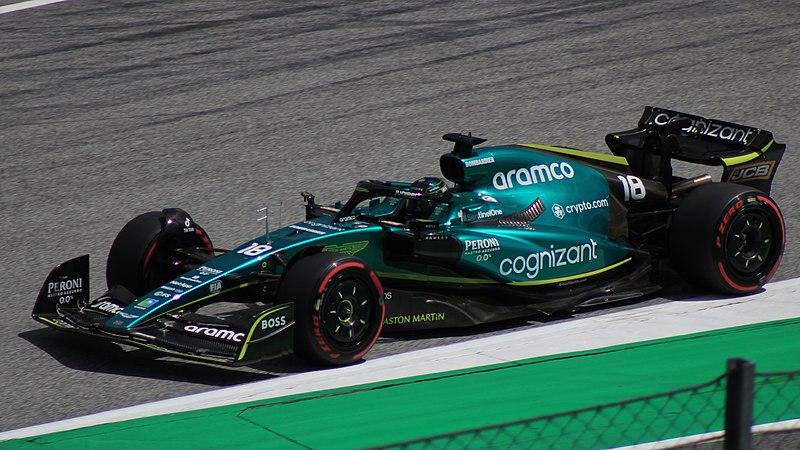In the UK, one in ten women of reproductive age are living with endometriosis, a chronic condition that causes debilitating pain, fatigue, and in many cases, infertility.
Gynaecology is the worst affected specialism since the start of the COVID-19 pandemic, and, five years on, waiting lists have more than doubled from February 2020.
The wait is exacerbating the suffering of an estimated 1.5 million women in the UK currently affected with the dubbed ‘missed disease’, according to the NHS and Endometriosis UK.
The delay has worsened, the average time to diagnosis now stands at eight years and ten months, up from eight years in 2020.
Endometriosis is not rare, yet it is treated like a mystery by the healthcare system.
A decade of pain and no answers
Megan Wheeler, 29, began experiencing symptoms as a teenage girl and described a pattern of being repeatedly dismissed by doctors.
She said: “From trying to discuss symptoms with a GP to diagnosis, it took 14 years. I lost friends, confidence and my dream job.
“I still remember the heated argument I had with a GP just to be referred to gynaecology.
“I was told almost word for word that my pain was ‘normal’ and something everyone gets.
“That moment shaped the next seven years of my life. I internalized the belief that the pain was in my head, that I was just weaker than other women.”
Megan’s experience aligns with wider national findings.
According to a 2024 report by the National Confidential Enquiry into Patient Outcome and Death (NCEPOD), nearly half of all patients who visited their GP with symptoms were either misdiagnosed or dismissed.
A growing backlog
Gynaecology waiting lists in England have more than doubled since 2018, worsening delays for endometriosis patients.
The data tells a deeper story
Freedom of Information (FOI) requests to major London NHS Trusts reveal concerning disparities in how cases are managed in the capital.
Some trusts were unable to provide endometriosis-specific figures at all, noting that data may have been ‘coded under general gynaecological categories’, which in itself highlights a lack of clarity around a condition affecting millions.
Where data was available, the picture was mixed.
Croydon Health Services reported an average 2.2-month delay from GP referral to hospital appointment – though reports suggest that many referrals are often rejected due to insufficient evidence.
In 2024-25, referral numbers dropped by 400 year-on-year, and only 12 diagnostic laparoscopies were carried out – the lowest on record.
This contrasted sharply with Kingston and Richmond NHS Trust, where 172 diagnostic procedures took place during the same period.
This stark drop in Croydon raises questions about resourcing, clinical prioritisation, and access to the only definitive diagnostic tool, laparoscopy surgery.
UCLH turned around referrals faster, but their demographic analysis suggested White British women were diagnosed more frequently than Black, Asian or other minority ethnic patients, at a rate disproportionately higher than their share of the population.
Chelsea and Westminster Hospital, meanwhile, showed a higher volume of referrals, but flagged inconsistent access to follow-up care.
Diagnosis gaps that data makes clear
To understand this disparity better, we turn to the Office for National Statistics (ONS) bulletin published in March 2024, which examined more than 260,000 diagnoses in England between 2011 and 2021.
In a breakdown of those cases, it was revealed that more than 80% of those diagnosed with endometriosis were White British, while just around 6% were Asian or Asian British and 4% Black or Black British.
This contrasts with the ethnic makeup of the UK population.
These discrepancies cannot be explained by demographics alone.
Factors such as language barriers, clinical bias, and limited access to specialists in certain regions all likely contribute.
A postcode lottery of care
With London being one of the most ethnically diverse cities in Europe, the gaps in provision between inner and outer boroughs risk deepening health inequalities even further.
While areas like Westminster have BSGE-accredited centres (British Society for Gynaecological Endoscopy), boroughs such as Barking do not, often leaving patients travelling long distances or enduring long waits.
Dr Marisa Mason, Chief Executive of NCEPOD said: “The disparities aren’t just about time to diagnosis.
“They concern where you live, your GP’s awareness, and how persistent you can afford to be.”
Dr Mason’s team gathered data from hospitals across England, Wales, and Northern Ireland.
They used anonymised case records to map care journeys, referral patterns, and the presence, or absence, of mental health support.
Dr Mason said: “It became clear that the biggest barrier to early diagnosis is simply a lack of awareness among GPs, patients, and even specialists.
“Everyone presents differently, I mean one patient even bled from their ears.
“There’s no single test, which makes diagnosis even harder.”
The human cost
Endometriosis can take away years of a person’s life.
The NCEPOD report found:
- Only 23% of GPs felt ‘very confident’ diagnosing endometriosis.
- One-third of patients visited their GP three or more times before referral.
- More than 40% reported an impact on fertility, but just 17% were referred for specialist fertility support.
And the financial cost is real too.
According to ONS data, women diagnosed with endometriosis earn £1,700 less per year than women without the condition.
They’re also more likely to work part-time, face longer sick leave, or leave the workforce altogether.
For Megan, the emotional toll was just as damaging.
She said: “I spent years convincing myself the pain was in my head.
“The uncertainty ruins your confidence, your social life, your work.”
Only this year did Megan finally receive surgical excision, 15 years after her symptoms began.
The system’s structural flaws
Dr Mason points to fragmented care pathways as a core problem and believes the system currently lacks ‘a holistic approach’ to care.
She said: “Patients bounce between GPs, urologists, gastroenterologists, and gynaecologists without ever getting a joined-up view.
“Even when diagnosed, many don’t receive psychological support.
“There’s a revolving door effect. It’s traumatic, and people are still not being listened to.”
Her call is echoed by cross-party MPs who, in their 2023 WEC report, recommended:
- Mandatory GP training in menstrual and reproductive health
- Expansion of BSGE-accredited specialist centres
- Better public health campaigns on endometriosis symptoms
Despite this, progress has been slow.
The Women’s Health Strategy for England, introduced in 2022, promised better diagnostic timelines, more menstrual health education, and expanded GP training.
But campaigners say it lacks clear funding and accountability.
It’s not just a bad period
Megan is recently recovering from her long-overdue surgery, involving the removal of cysts and her fallopian tube to help excise her endometriosis.
This follows several injections to induce chemical menopause, and 14 years of medical gaslighting and incompetence.
She said: “Living with an invisible illness that affects every aspect of your life, while constantly having to convince others that it’s real, is absolutely exhausting.
“As I’ve grown older, I’ve become more open and confident speaking about menstrual health.”
Today, Megan advocates at work and online, pushing for better awareness and supporting her employer’s involvement in the Endo Friendly scheme.
Dr Mason added: “There’s a lack of information for patients to be able to empower themselves to say what they need to say.”
Until funding, training and access improve, women like Megan will continue to fall through the cracks, trapped in cycles of pain, delay, and disbelief.
Featured image credit: Rawpixel





